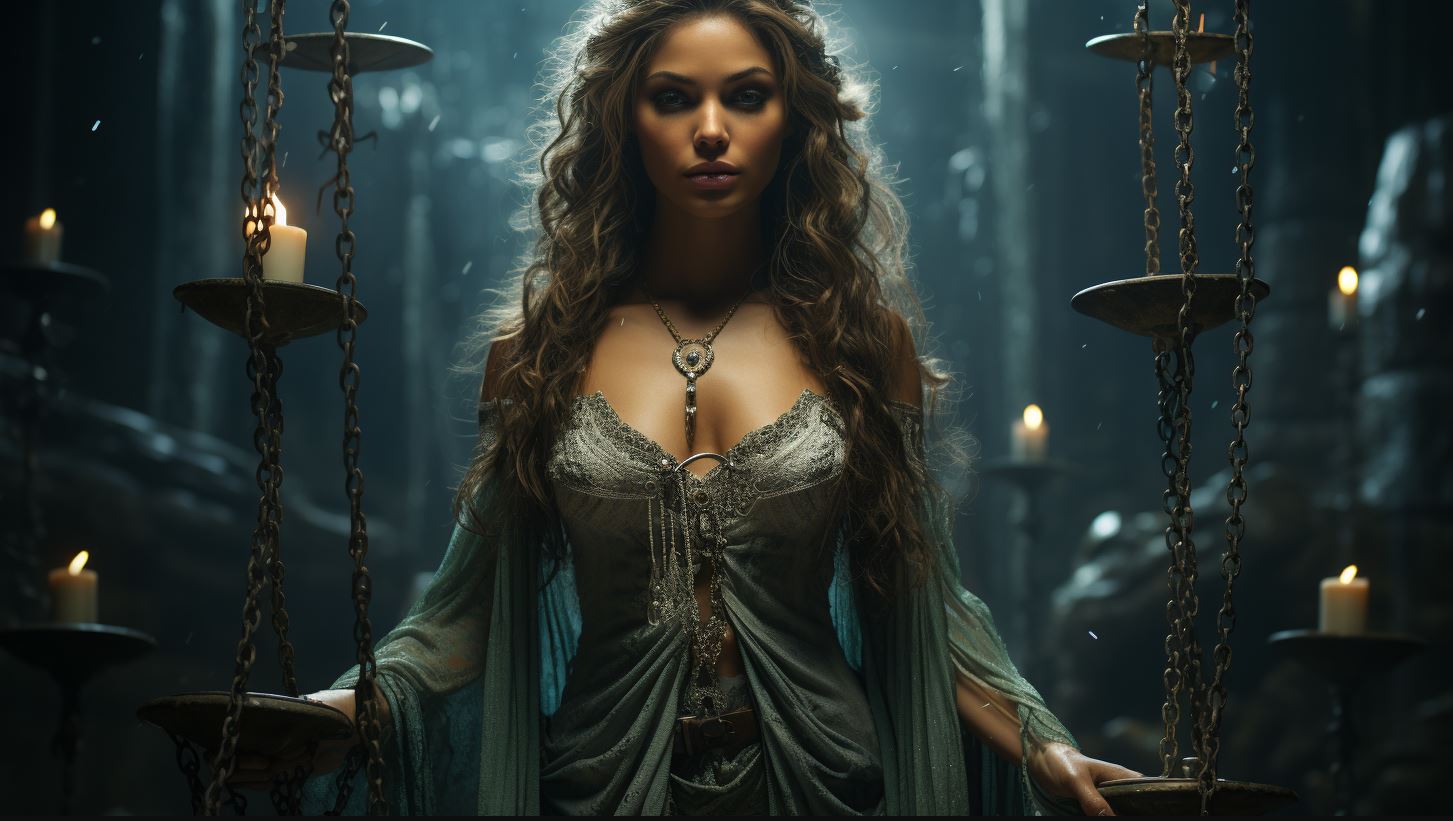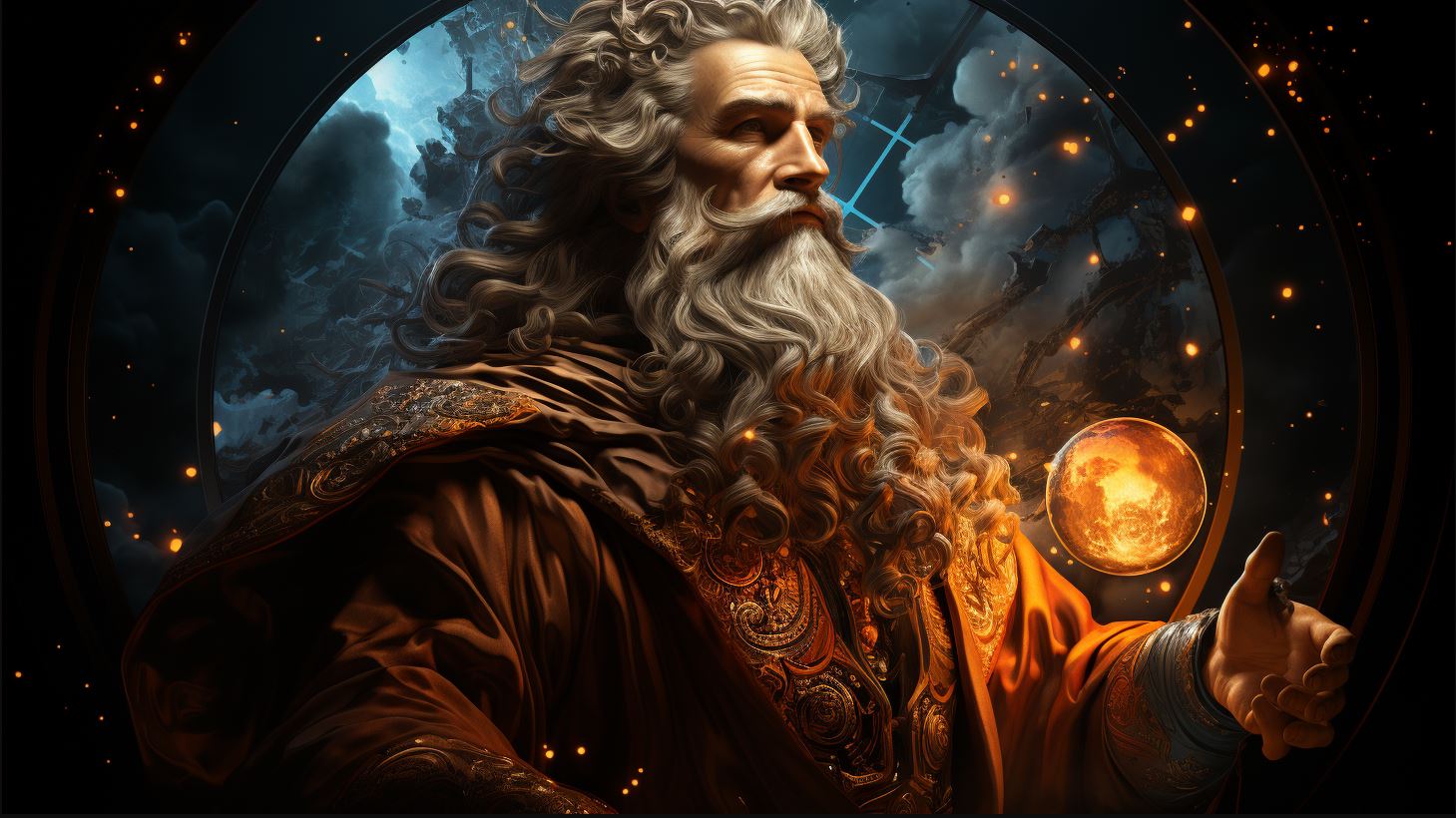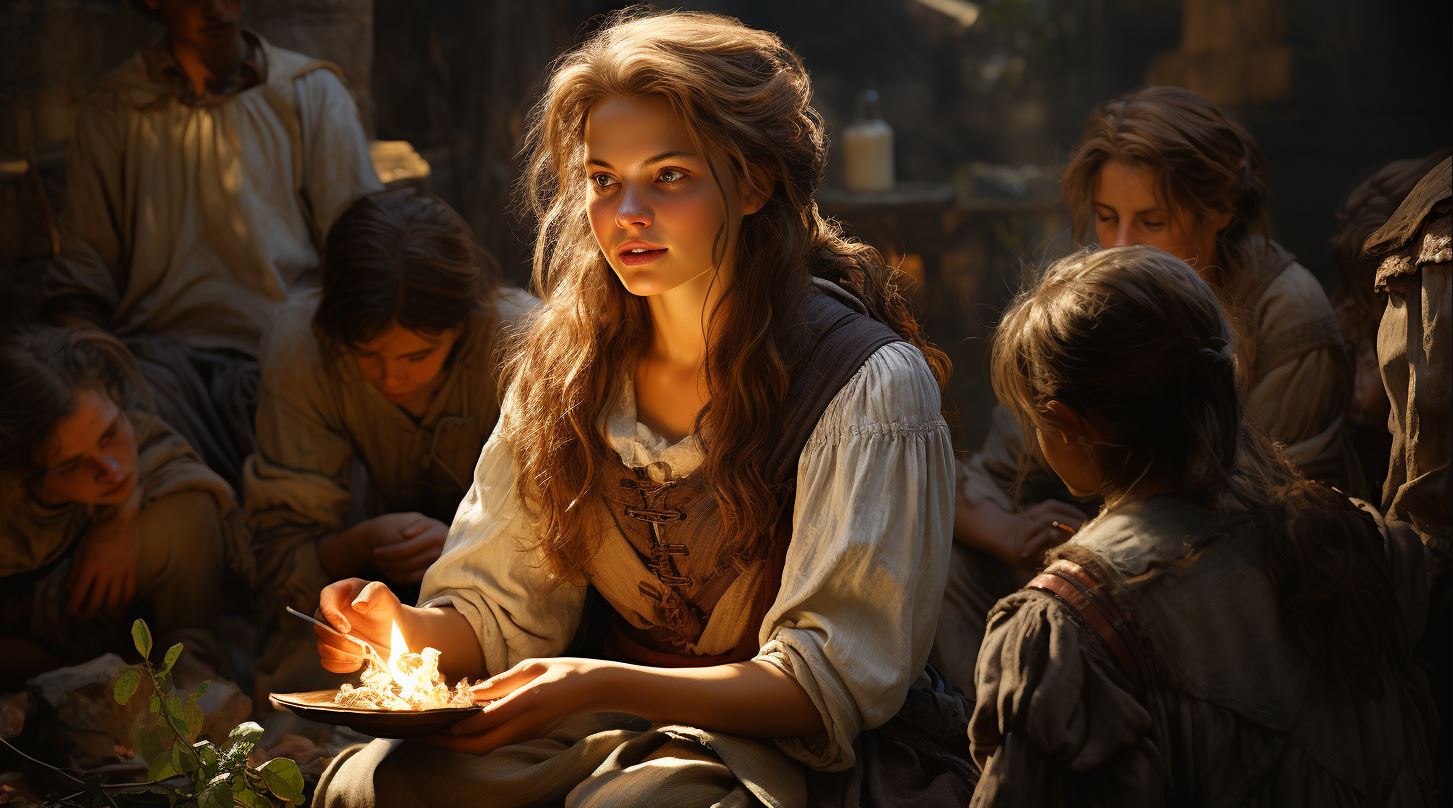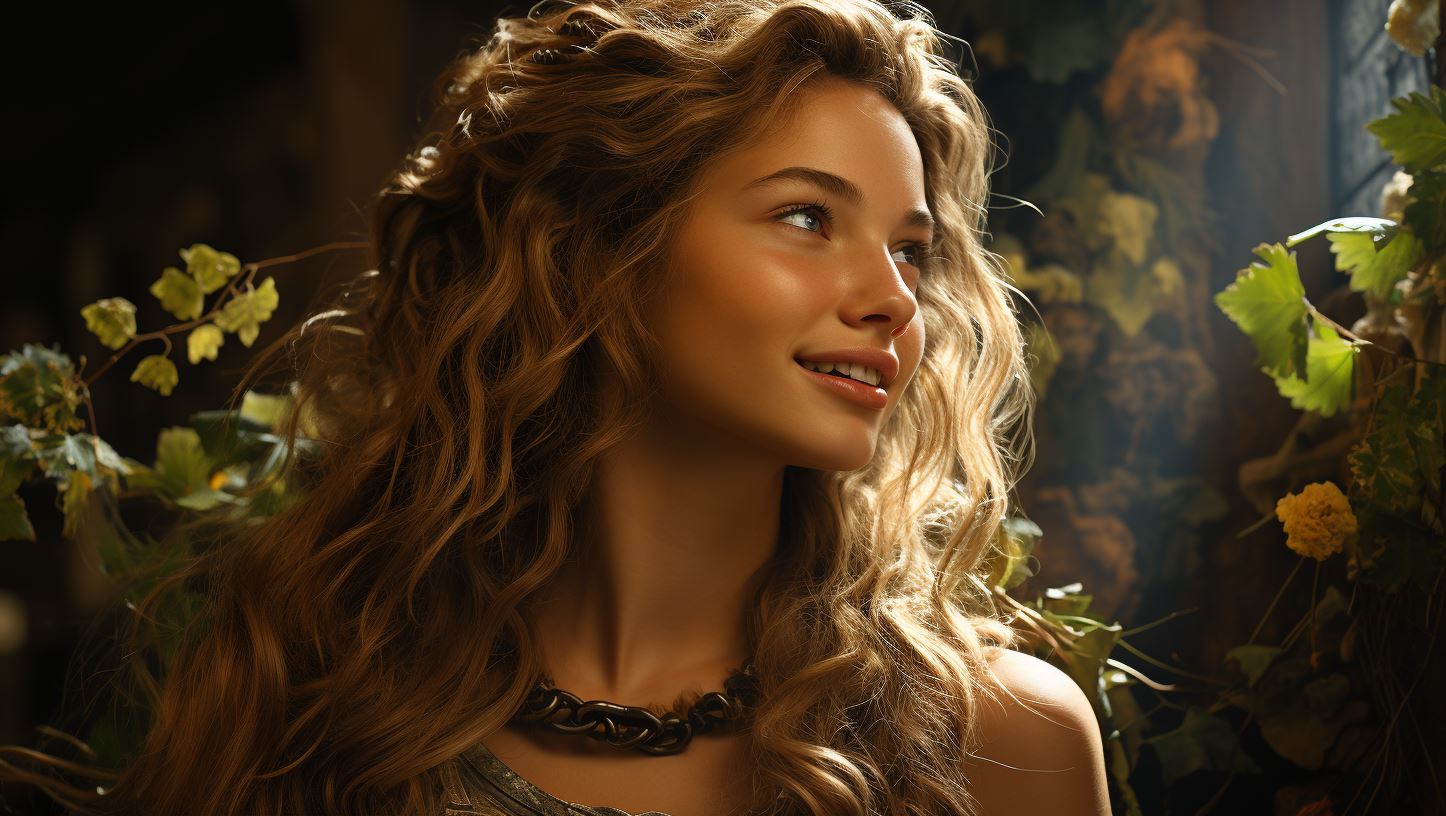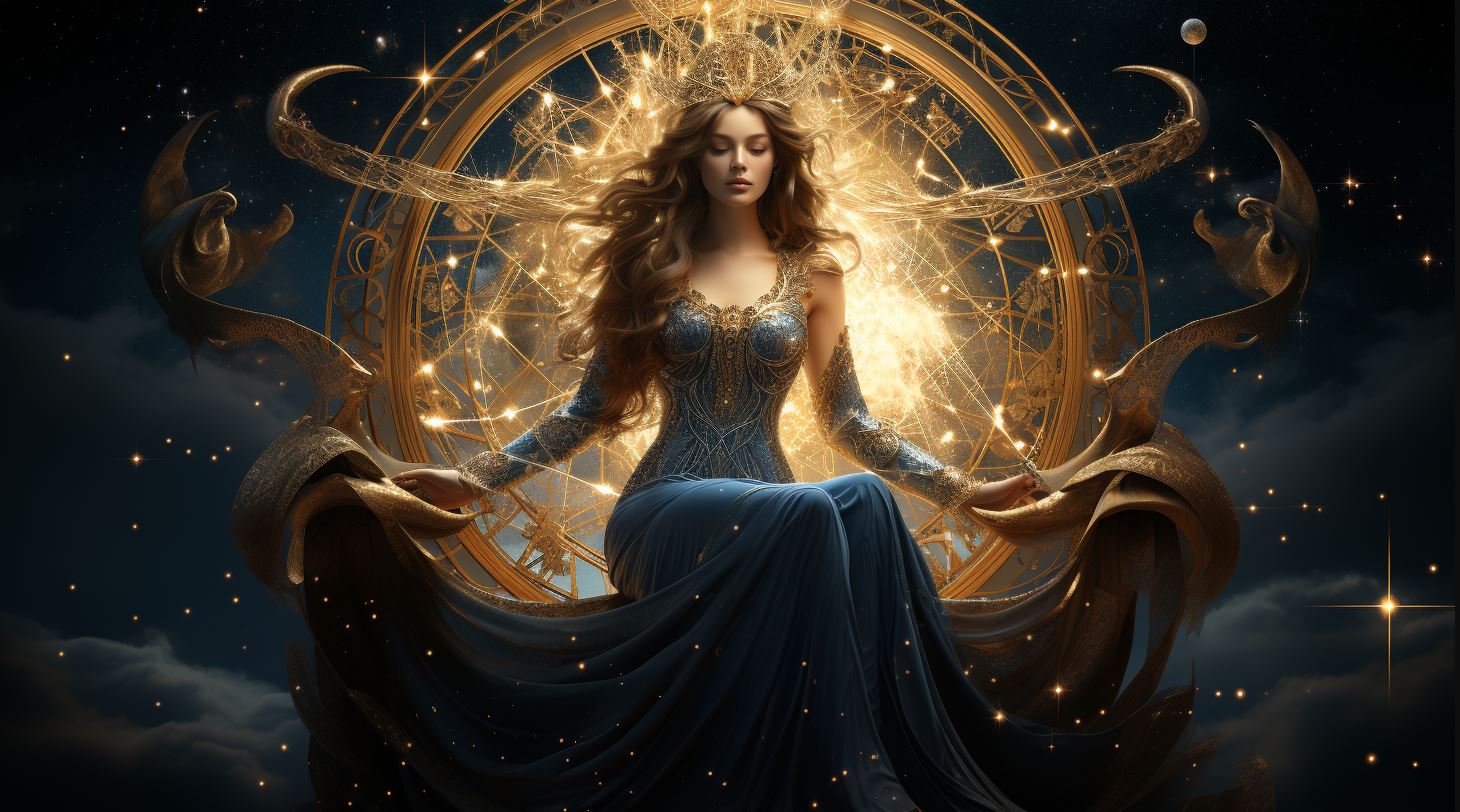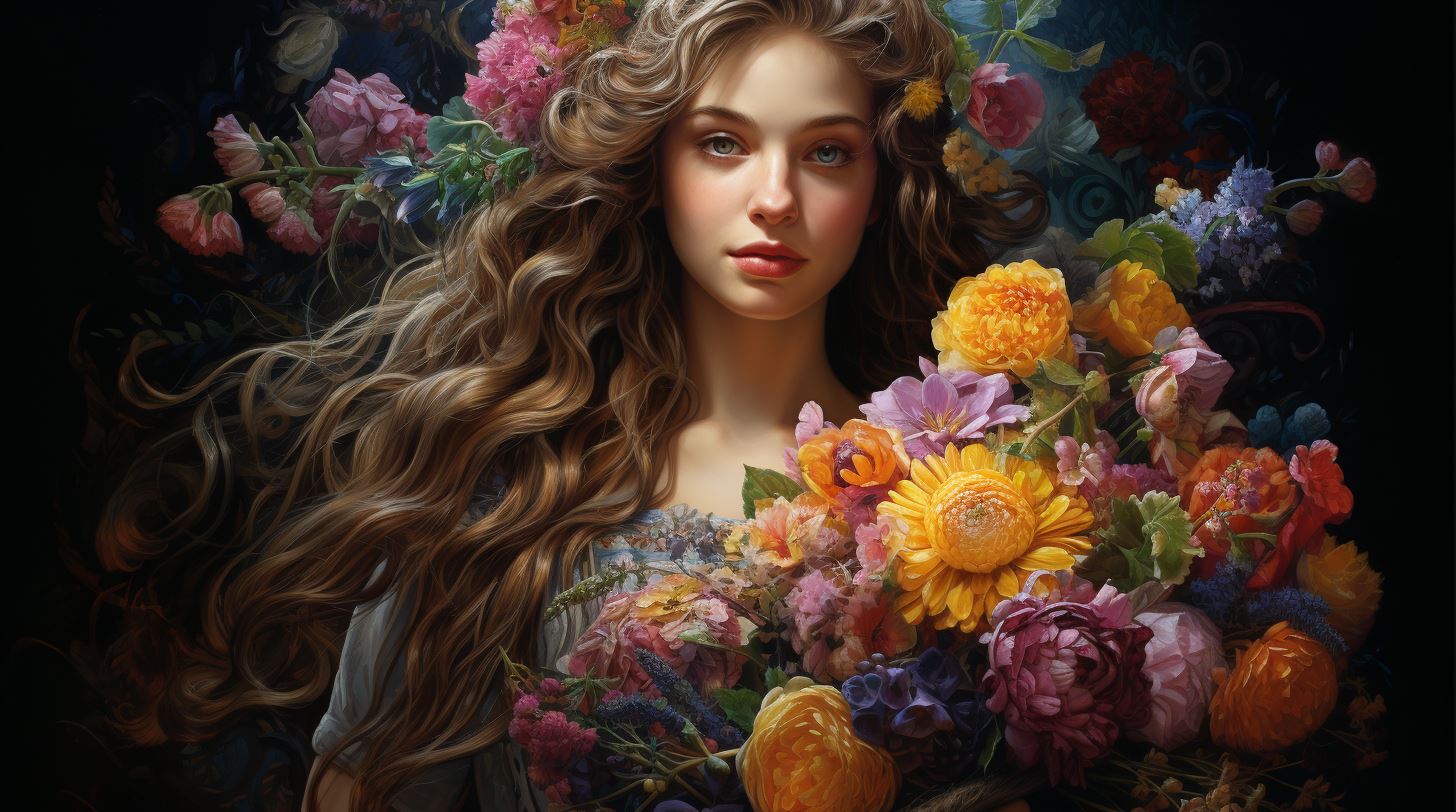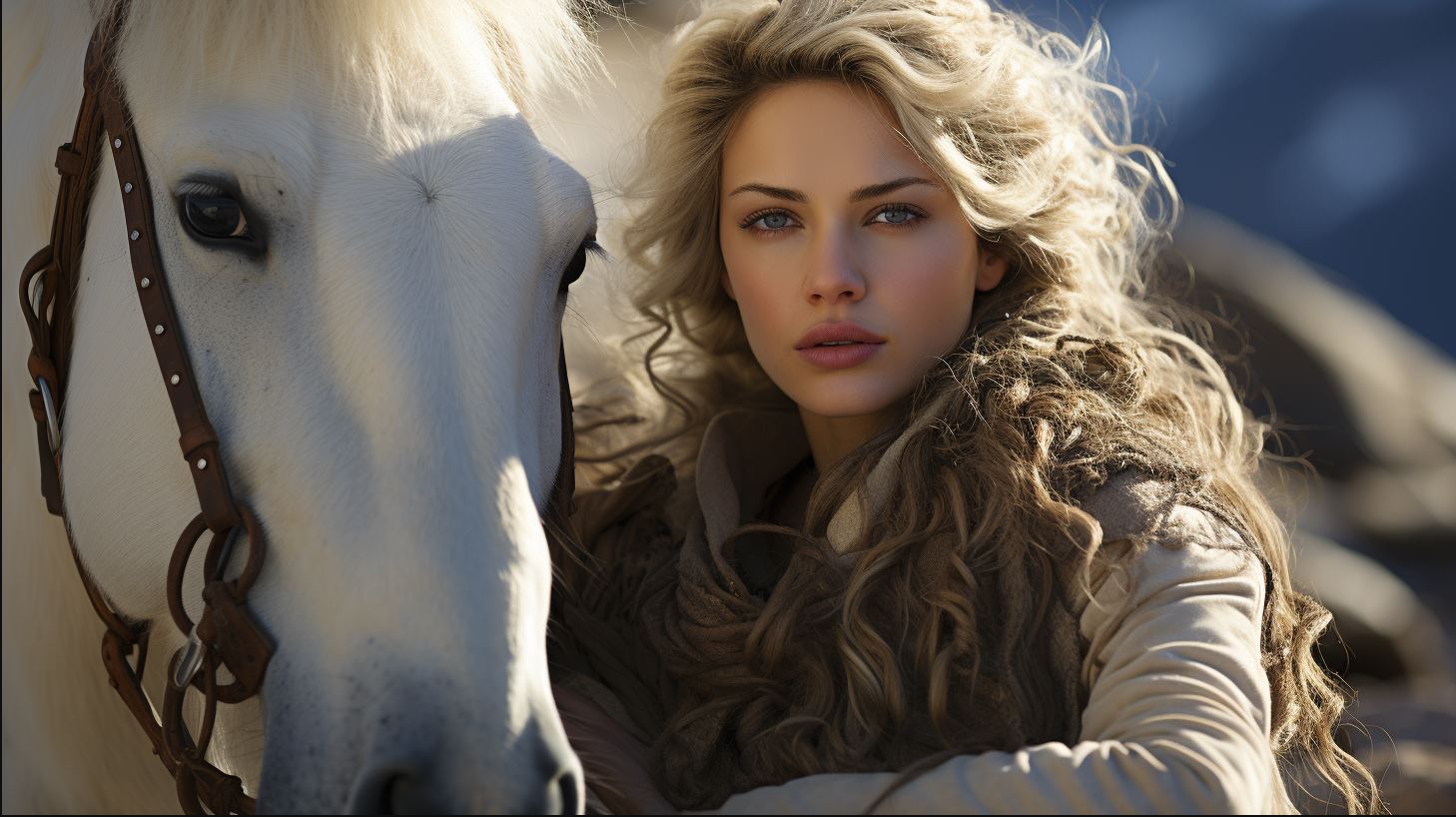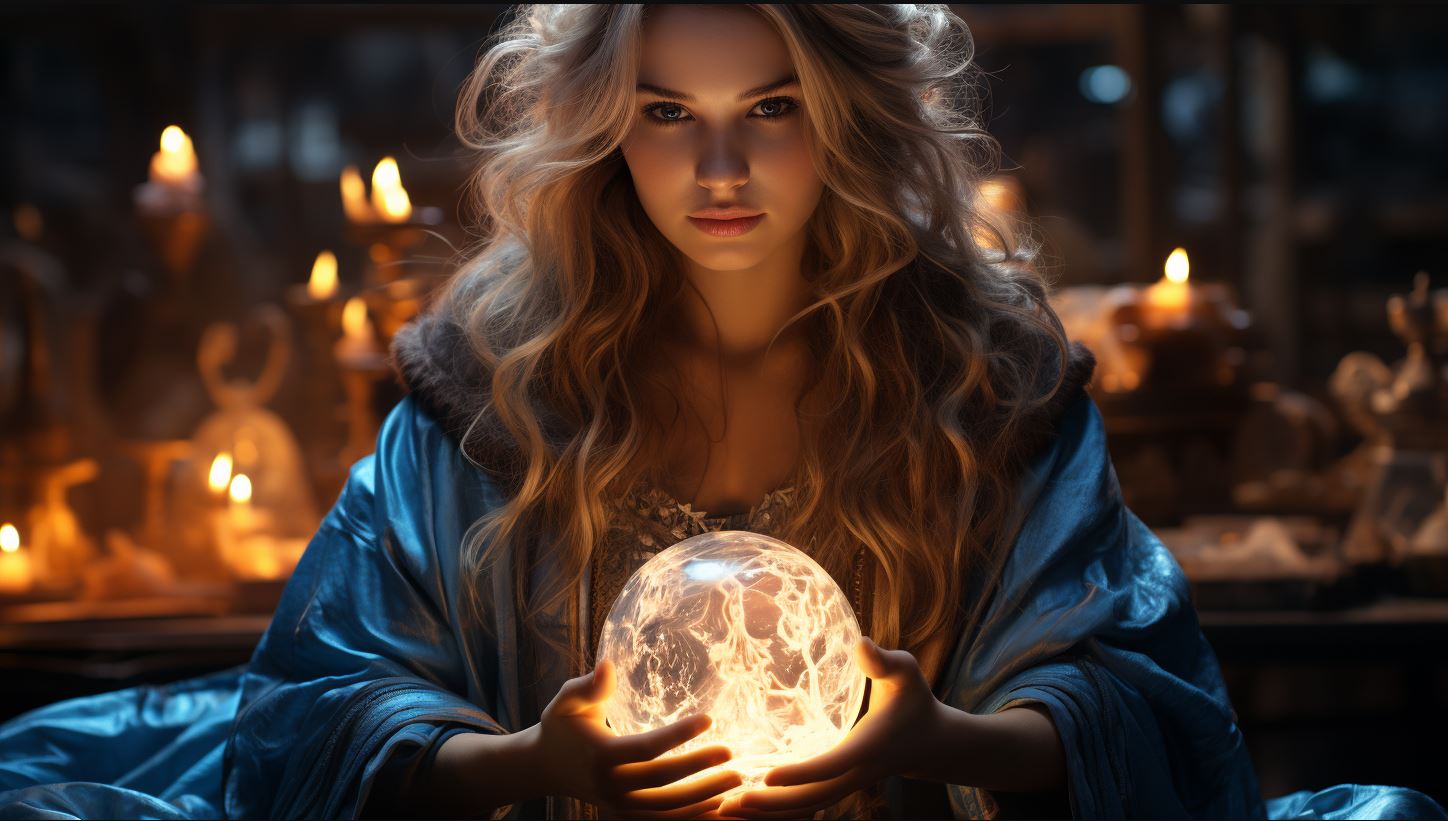Gwenhwyfar Goddess: Exploring the Mythology and Legends of the Celtic Queen Guinevere
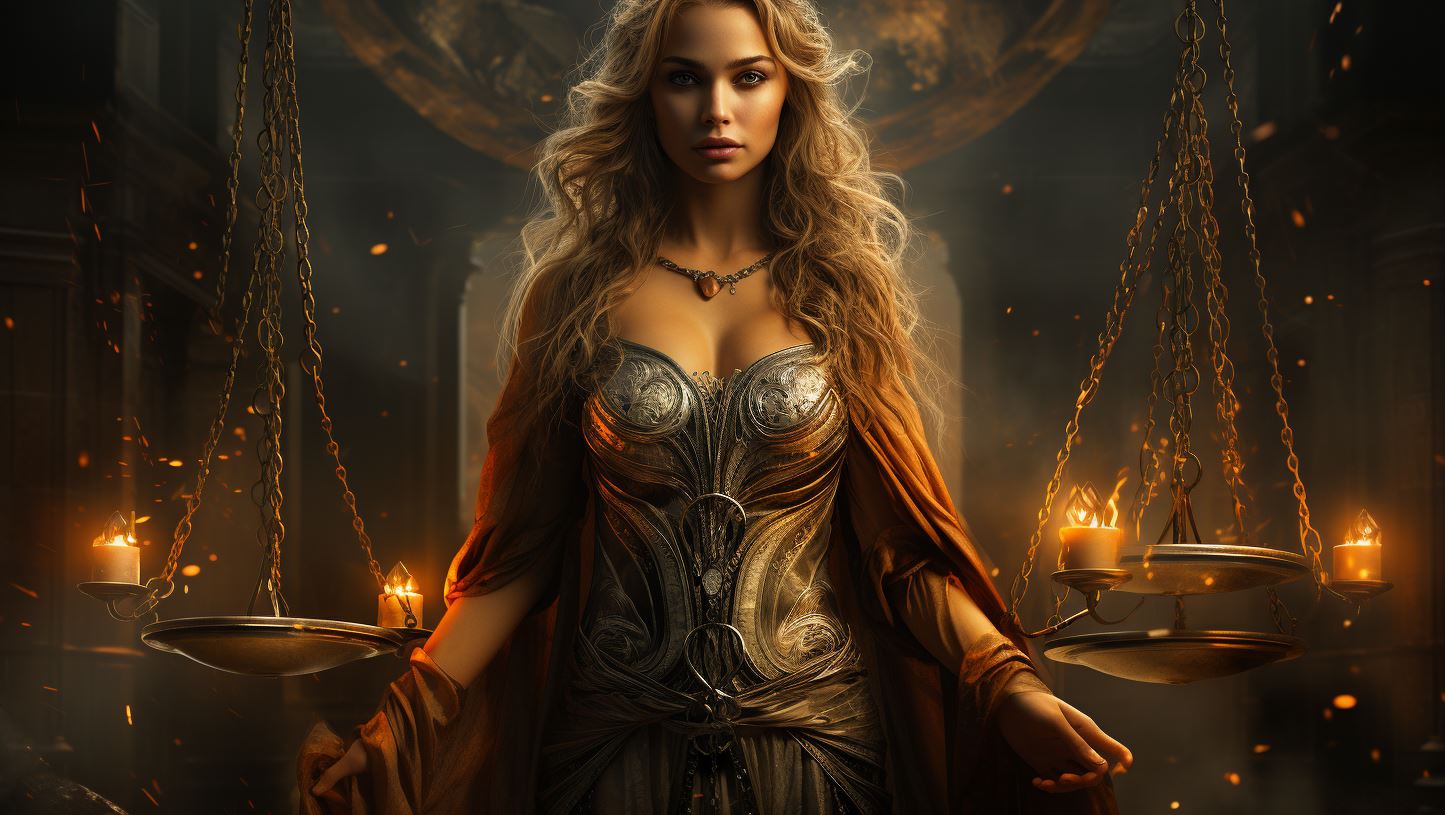
Lady Guinevere: A Journey Through Myth and Legend
Gwenhwyfar, known as Lady Guinevere in some tales, is a central figure in Celtic mythology and Arthurian legends. Described as a goddess of sovereignty and judgment, she is revered for her wisdom and connection to the spiritual realm. Her status as “the lady” or “Guinevere goddess” signifies her esteemed position within these ancient stories.
As the wife of King Arthur, or “her husband” Arthur, and the queen of Great Britain, Gwenhwyfar’s name, with its various forms, is associated with the meaning of “white spirit” or “ghost,” signifying her ethereal connection to the spiritual realm. This name, stemming from the Welsh “Gwenhwyfar” and meaning purity and brightness, encapsulates her essence and role within the legends.
She is also considered a triple goddess in Welsh mythology, embodying the aspects of virgin, mother, and crone, which signifies her as a figure of immense power and versatility. The debate regarding Gwenhwyfar’s divinity and her alleged goddess status continues, highlighting her as a character of both mystery and importance.
The Legend of Gwenhwyfar: Exploring the Mythical Goddess Queen
Queen Guinevere, or Gwenhwyfar, emerges through various texts as a mythical goddess queen, captivating the imagination with her tales of valor and wisdom. Her origins, deeply rooted in Celtic mythology and the legendary tales of King Arthur, “the first” among his peers, paint her as a figure of unparalleled significance.
Origins and Meaning of Gwenhwyfar’s Name
The name Gwenhwyfar, or “Guinevere name meaning,” carries significant symbolism. It derives from the Welsh “Gwenhwyfar,” meaning “white spirit” or “ghost,” reflecting her mystical presence in Arthurian tales. This name, embodying purity and an ethereal connection, showcases her as a being of power and grace.
Gwenhwyfar’s Role in Arthurian Legends
Renowned as the beloved wife of King Arthur and the esteemed queen of Great Britain, Gwenhwyfar’s role extends beyond mere royalty. Her relationship with Lancelot, marked by complexity and depth, adds a layer of intrigue to her character. Throughout various accounts, she is portrayed with a balance of strength, beauty, and wisdom, making her a pivotal figure in the tales.
The Triple Goddess: Gwenhwyfar as Virgin, Mother, and Crone
In Welsh mythology, Gwenhwyfar’s representation as a triple goddess highlights her embodiment of the virgin, mother, and crone aspects. This portrayal emphasizes her multifaceted nature, from purity and innocence to wisdom and guidance, drawn from her vast life experiences.
Gwenhwyfar and King Arthur: Their Legendary Relationship
Gwenhwyfar’s status as Arthur’s wife and the queen of Britain underscores her pivotal role in the Arthurian legends. Their union, a symbol of unity and strength, is celebrated throughout the tales. Her partnership with Arthur, “the lady” alongside “her husband,” showcases a dynamic of mutual respect and influence.
Gwenhwyfar’s Status as Arthur’s Wife and Queen of Britain
As the queen of Britain, Gwenhwyfar’s role transcends companionship, engaging in governance and contributing to the kingdom’s prosperity. Her wisdom and leadership qualities have earned her widespread admiration, solidifying her legacy within these legendary tales.
The Abduction of Gwenhwyfar by King Melwas and Arthur’s Rescue
The story of Gwenhwyfar’s abduction by King Melwas and her subsequent rescue by Arthur highlights her significance and Arthur’s devotion. This narrative underscores the depth of their relationship and Arthur’s determination to overcome all obstacles for Gwenhwyfar’s safety.
Conflicts and Tensions: Gwenhwyfar and Gwenhwyfach
The rivalry between Gwenhwyfar and her sister Gwenhwyfach introduces a complex dynamic into the Arthurian legends, leading to the Battle of Camlann. This sibling conflict, fueled by the enmity between Gwenhwyfar and Gwenhwyfach, adds a layer of intrigue and depth to Gwenhwyfar’s character, further enriching the tales. The Welsh Triads hint that Gwenhwyfach was possibly the catalyst for this legendary confrontation, suggesting deep-rooted tensions that had significant consequences for the Arthurian world.
Gwenhwyfar: Goddess or Mythological Figure?
The debate over Gwenhwyfar’s status as a potential goddess reflects the ongoing exploration of her character in scholarly and enthusiast circles. While her divine nature is a subject of discussion, her impact on the Arthurian legends and Celtic mythology is undeniably profound. The Lancelot-Grail cycle, a key text in Arthurian literature, often highlights her significance within these tales, further complicating the debate around her divinity.
Debate around Gwenhwyfar’s Divinity and Alleged Goddess Status
Many proponents of Gwenhwyfar’s divinity point to her association with sovereignty and judgment, qualities often attributed to Celtic goddesses. They argue that her role as a key figure in Arthurian legends, especially her marriage with Arthur and the nuanced portrayal of her relationships within the Lancelot-Grail narrative, suggests her elevated spiritual status. This narrative complexity is enhanced by stories such as the false Guinevere, where Gwenhwyfar’s identity and legitimacy are contested, adding layers to her mythological stature.
However, skeptics argue that the notion of Gwenhwyfar as a goddess arises from the tendency to mythologize historical figures in legends. They suggest that her portrayal as a deity may be an embellishment over time rather than a historical fact. This perspective is balanced by the acknowledgment of her critical role in Arthurian narratives, including her interactions with key characters such as Lancelot, Arthur, and even antagonists like the false Guinevere.
Exploring Possible Connections with Other Deities
Gwenhwyfar’s ties to other deities further complicate the debate. Some scholars draw parallels between her and the Maiden of Flowers or the White Goddess, highlighting shared symbols and attributes. These connections, however, are more symbolic than concrete evidence of her divine status. It is unclear whether these associations were intentionally woven into the legends or the result of later interpretations. The Holy Grail stories, particularly those within the Lancelot-Grail cycle, often intertwine Gwenhwyfar’s narrative with themes of quest and redemption, subtly reinforcing her mythological connections.
Lack of Concrete Evidence: Interpreting Gwenhwyfar’s Role
The lack of concrete evidence supporting Gwenhwyfar’s goddess status fuels the ongoing controversy. The textual sources mentioning her, including the Welsh Triads and the tales of Culhwch and Olwen, do not explicitly identify her as a deity. Instead, they depict her as a complex and influential character within the Arthurian legends. Interpreting Gwenhwyfar’s role requires careful examination of the historical context, literary conventions, and cultural influences that shaped the Arthurian legends. Relying solely on her mythical attributes may oversimplify a nuanced narrative, which includes her profound interactions with figures like Gawr the Giant, showcasing the rich tapestry of Arthurian and Celtic mythology.

